How would I go about tuning the following t-sql query? The execution plan looks ok (i.e it is using index seeks, index scans).
SELECT
CodeID = CL.codeID,
CodeName = PR.PetTypeCode,
DisplayName = PR.PetTypeDisplayName,
AdditionalOptionID = coalesce(currAID.aidID, AID.aidID, 0),
AdditionalOptionDescription = case
when currAID.aidID is not null
then currAID.Description
when AID.aidID is not null
then AID.Description
else ''''
end,
TransactionCodeID = case
when currAID.aidID is not null
then currAID.trancID
when AID.aidID is not null
then AID.trancID
else 0
end,
Amount = case
when currAID.aidID is not null
then convert(numeric(10, 2), currAID.TransactionAmount)
when AID.aidID is not null
then convert(numeric(10, 2), AID.TransactionAmount)
else 0.00
end,
FrequencyCode = 'M',AllowOverrideBit = '0'
FROM
PetRents PR with (nolock)
INNER JOIN
CodeLookup CL with (nolock) ON CL.codeCodeName = PR.PetTypeCode
LEFT JOIN
AdditionalItemDetail AID with (nolock) ON PR.AdditionalOptionID = AID.aidID
LEFT JOIN
AdditionalItemDetail currAID with (nolock) ON AID.CurrentID = currAID.aidID
WHERE
CL.codeDisplayBit = 1
AND CL.className = 'Pettypes'
AND PR.DisabledBit = 0
AND PR.PetTypeAllowedBit = 1




